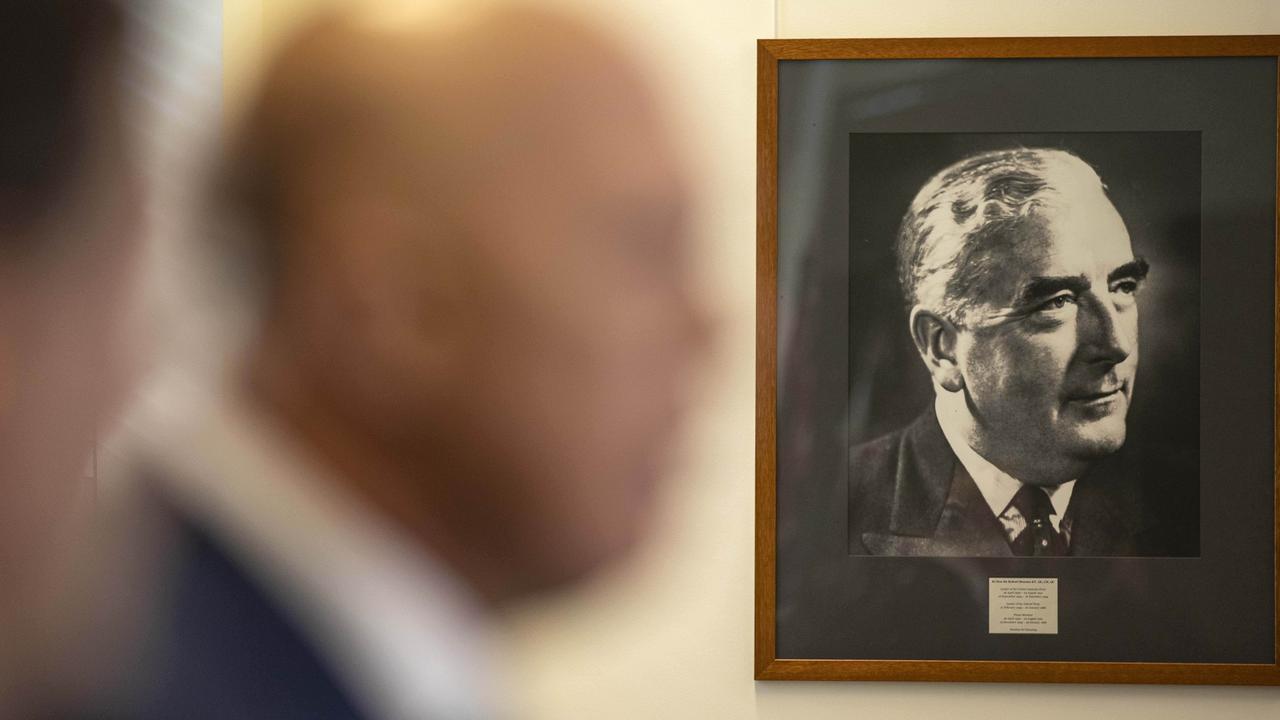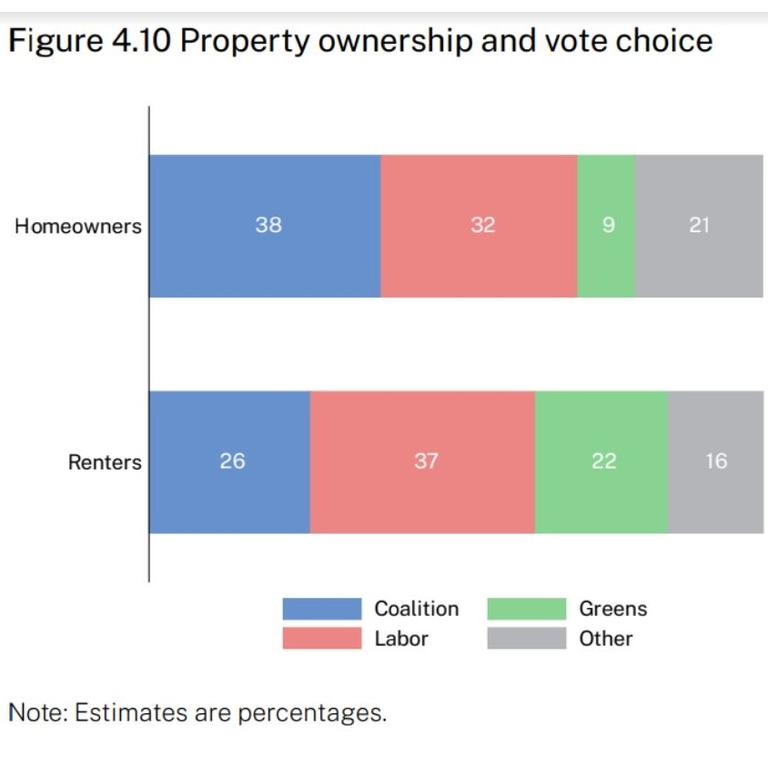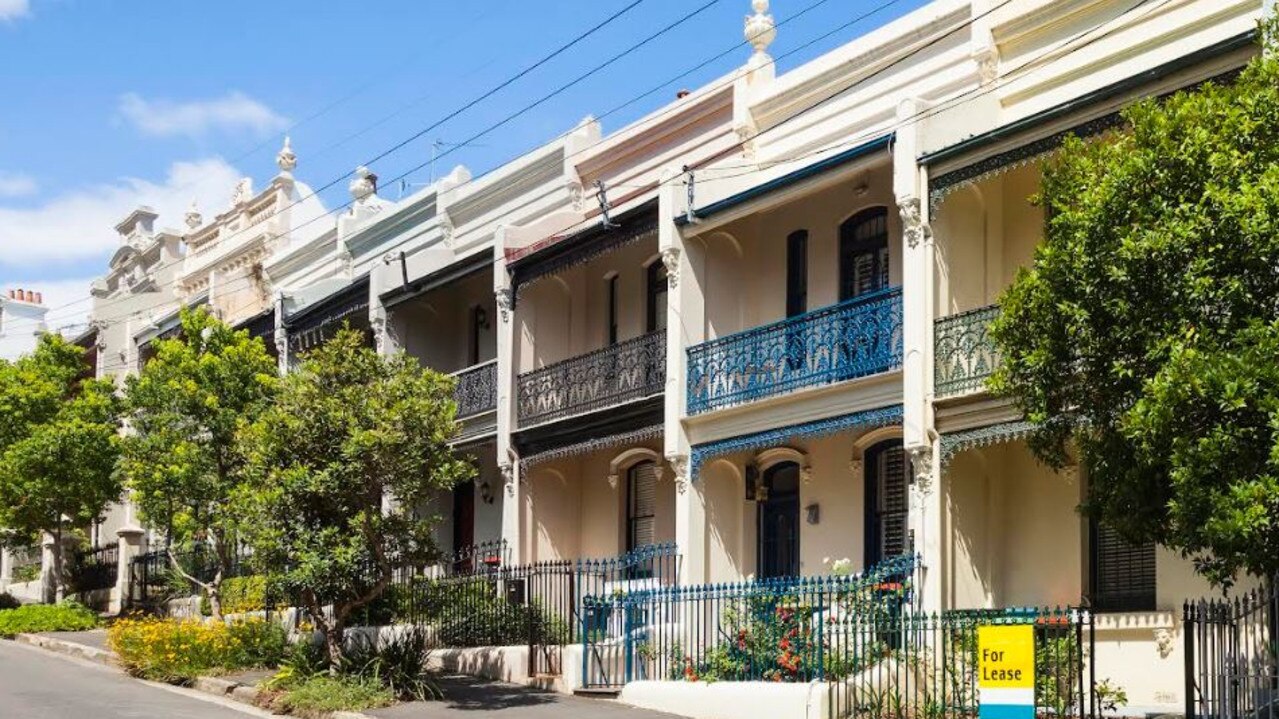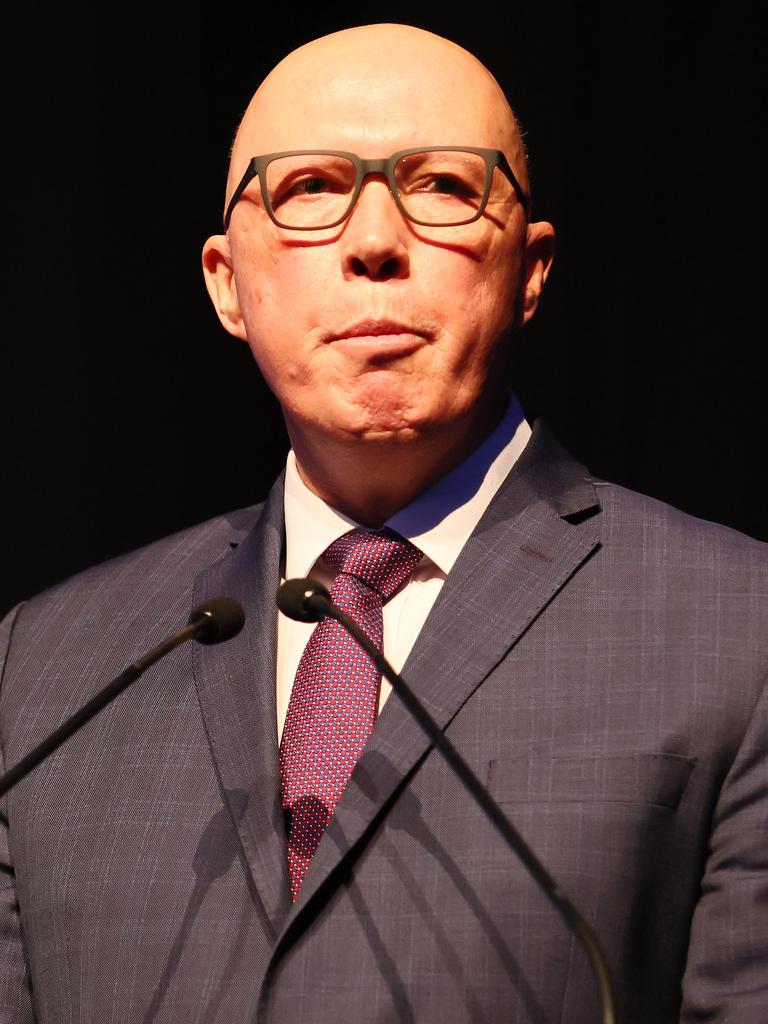‘Unaffordable for millions’: Liberal Party in trouble as Aussie home ownership dwindles
Australia is in the grip of a devastating housing crisis – and it’s not just struggling young renters who are suffering as a result.
ANALYSIS
When former Prime Minister Robert Menzies founded the Liberal Party in October 1944, the ideology and values that were to underpin this new political movement were clear.
Between the end of Menzies’ first prime ministership and the founding of the Liberals, he spent more than two years delivering radio addresses to the Australian people detailing where he believed the priorities should lie.
One of the key elements of Menzies’ policy platform was home ownership, which he believed to be the bedrock of Australian society.
Perhaps the most poignant summation of Menzies’ view on home ownership was this: “The home is the foundation of sanity and sobriety; it is the indispensable condition of continuity; its health determines the health of society as a whole …”
In a recent speech to the Sydney Institute, Shadow Treasurer Angus Taylor brought Menzies’ policy priorities right back to the forefront for the modern Liberal Party.

As the Coalition attempts to adapt to the current political landscape and continues to struggle in the polls, it is clear why the return to a tried and tested platform holds appeal for the Liberal Party leadership.
According to the latest Newspoll, the Albanese government holds a 54 to 46 lead in the two-party preferred stakes. While this represents a slight tightening of the polls from the 56 to 44 margin the government held in April, the Coalition’s polling remains a historically poor position.
Political landscape tilted against Conservatism
Sydney barrister and commentator Gray Connolly arguably summed up the current state of right-wing Australian politics when he said: “There is no future for conservative politics unless more people – especially younger people – have something of their own to conserve”.
This view is echoed in the data of the Australian National University’s Federal Election Study. At the 2019 election, 50 per cent of homeowners gave their first preference vote to the Coalition, compared with just 27 per cent of renters. At the 2022 election, 38 per cent of homeowners put the Coalition first, with 26 per cent of renters doing the same.

After spending 30 out of the last 40 years in power, the Coalition have done themselves no favours by not adequately addressing falling rates of home ownership for under 45s.
On average, home ownership rates for under 45s have fallen by 8 percentage points since shortly after the Coalition came to power at the 1996 election.

While one can make all sorts of arguments as to why this is occurring and who ultimately bears responsibility, the reality is that fewer homeowners significantly impacts the Coalition’s election chances, while generally favouring the Greens and Labor.
With the rise of socially liberal but economically conservative independents, the Coalition faces an uphill battle to reclaim its historic position as a champion of home ownership for social good.
A bit of history
Between the time Bob Menzies took on the office of Prime Minister for the second time in 1949 and his exit in 1966, home ownership rates rose from 53.4 per cent to 71.4 per cent. Despite the rise of women in the workforce, the full-time dual income household and more than 50 years of productivity growth, Menzies’ record of 71.4 per cent home ownership has never been eclipsed.
In today’s Australia – defined by the largest and fastest relative tightening of monetary policy in our nation’s history – much of the focus is understandably on mortgage rates.
But as we look back on the time of Bob Menzies, interest rates were actually relatively similar to where they are now.

Based on the data available from the RBA which covers from 1959 to 1966, the average standard variable rate for an owner-occupier was 5.24 per cent. Today, the average payable variable rate sits at around 6.3 per cent.
Interest rates were not a major burden during the Menzies era, as households often managed to pay off mortgages in time frames measured in single-digit numbers of years.
The big question for the Coalition is how will they attempt to follow in the footsteps of the Menzies government?
Today rates are relatively similar to the Menzies era, but housing prices and household debt levels are in a completely different postcode. Walking the line between actually raising home ownership rates and not undermining an economy increasingly based on housing prices is an unenviable challenge, and it’s unlikely everyone will walk away happy from whatever policy they manage to come up with.
Practical and political realities
While Robert Menzies founded the Liberal Party on the ideal that home ownership was the foundation of a healthy society, the simple reality is that homes are no longer seen solely through that lens.
Instead, homes are increasingly seen as a pathway to wealth and as an investment class, rather than a basic need and an indispensable part of everyday Australian life.


This is more or less the status quo in terms of the major parties, with both the Coalition and the Albanese government retaining their commitments to keeping negative gearing.
This raises a rather challenging and arguably uncomfortable question for a Liberal Party looking to the past for a new lease on life. How can homes simultaneously be the foundation of a society and of social good, when housing is the single largest investment class in Australia and housing is unaffordable for millions of people?
As the Coalition attempts to reconnect with younger voters, this is a question they will have to confront as they attempt to gain political traction on the issue of home ownership amid the rise of right-leaning independents and the growing appeal of the Greens’ hopeful housing policies.
Tarric Brooker is a freelance journalist and social commentator | @AvidCommentator






